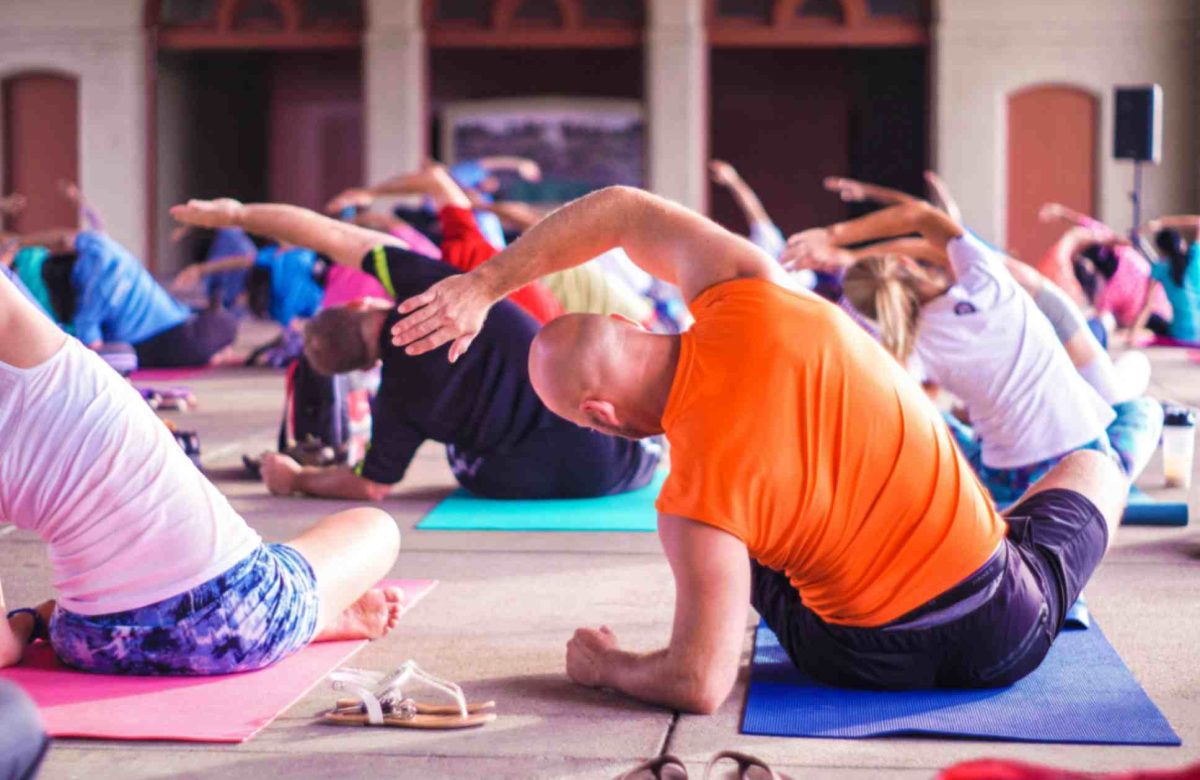How to Improve Your Balance and Coordination with Pilates

Pilates is a comprehensive and versatile exercise method that not only strengthens your core but also improves balance and coordination. Whether you are a fitness enthusiast looking to enhance your physical abilities or someone seeking to regain stability after an injury, Pilates can be a transformative practice. By focusing on controlled movements, alignment, and breath, Pilates offers a unique approach to fine-tuning your balance and coordination. In this blog, we will explore how Pilates can help you achieve greater stability, grace, and body awareness.
Understanding the Importance of Balance and Coordination
Balance and coordination are fundamental aspects of our daily movements and physical performance. Whether we are walking, running, or engaging in sports, these skills play a critical role in maintaining stability and preventing injuries. Good balance allows us to maintain an upright posture and stay steady during dynamic movements, while coordination enables us to execute precise and controlled actions.
The Pilates Approach to Balance and Coordination
Pilates was developed by Joseph Pilates in the early 20th century and is based on principles of precision, control, concentration, centering, breath, and flow. These principles work synergistically to improve overall body awareness and enhance physical capabilities, making it an ideal practice for honing balance and coordination.
Read More : How to Incorporate Low-Impact Exercises into Your Fitness Routine
How Pilates Improves Balance and Coordination
- Core Strengthening: The foundation of Pilates lies in strengthening the core muscles, including the deep stabilizing muscles of the abdomen and lower back. A strong core provides a stable base, enhancing your ability to maintain balance during various movements.
- Alignment Awareness: Pilates emphasizes proper alignment of the spine and joints, promoting better posture and body awareness. Correct alignment enables you to move with greater efficiency and balance, reducing the risk of injuries.
- Proprioception Enhancement: Proprioception is your body’s sense of its position in space. Pilates exercises often involve precise movements and focus on the connection between the mind and body. This heightened awareness enhances your proprioceptive abilities, leading to improved balance and coordination.
- Balance Challenges: Pilates exercises often incorporate balance challenges, such as standing on one leg or performing movements on unstable surfaces like a stability ball or foam roller. These exercises challenge your balance and coordination, helping you develop greater stability and control.
- Asymmetrical Movements: Many Pilates exercises involve performing movements on one side of the body at a time, which encourages better coordination between the left and right sides. This helps to address any imbalances and improve overall coordination.
- Fluidity of Movement: Pilates encourages smooth and controlled movements, promoting a graceful flow in your actions. This focus on fluidity allows for more coordinated movements, reducing the risk of jerky motions that can lead to instability.
Effective Pilates Exercises for Enhancing Balance and Coordination
- Single Leg Circle: Lie on your back with one leg extended to the ceiling and the other leg reaching toward the floor. Circle the extended leg in one direction for several repetitions, then switch directions. This exercise challenges balance and coordination while engaging the core and hip muscles.
- Tree Pose: Stand tall with one foot rooted into the floor and the other foot resting on the inner thigh of the standing leg. Raise your arms overhead in a V-shape. This yoga-inspired balance exercise enhances stability, concentration, and coordination.
- Swan Dive: Lie facedown with your arms extended overhead. Lift your upper body and arms while keeping your legs and pelvis on the mat. This exercise strengthens the back muscles, enhances spinal mobility, and improves balance.
- Leg Pull Front: Begin in a plank position with your wrists under your shoulders and your body in a straight line. Lift one leg off the mat and reach it behind you, engaging your glutes and core. Alternate between legs to improve coordination and stability.
- Standing Roll Down: Stand with your feet hip-width apart and slowly roll down through the spine, reaching your hands toward the floor. Then, roll back up to a standing position, stacking your spine one vertebra at a time. This exercise enhances body awareness and control.
- Teaser: Lie on your back with your arms reaching overhead and your legs extended. Lift your head, neck, and shoulders off the mat as you roll up and reach your hands toward your feet. Lower back down with control. The Teaser challenges balance, coordination, and core strength.
5 Tips for Practicing Pilates Safely and Effectively
- Seek Professional Guidance: If you’re new to Pilates or have specific health concerns, consider taking classes with a certified Pilates instructor. They can guide you through proper techniques and tailor exercises to your individual needs.
- Start Slowly: Pilates requires concentration and precision. Begin with foundational exercises and gradually progress to more challenging ones as you build strength and confidence.
- Focus on Breath: Proper breathing is essential in Pilates to support movements and encourage relaxation. Practice deep, diaphragmatic breathing during exercises for better body-mind connection.
- Listen to Your Body: If you feel discomfort or pain during an exercise, stop and consult with a professional. Avoid pushing yourself beyond your limits, as it may lead to injuries.
- Be Consistent: Regular practice is key to experiencing the full benefits of Pilates. Aim for at least 2-3 sessions per week to see noticeable improvements in balance and coordination.
Read More : How to Strengthen Your Back with Low-Impact Exercises
Conclusion
Pilates offers a holistic approach to improving balance and coordination through its focus on core strength, body awareness, and controlled movements. By incorporating Pilates into your fitness routine, you can enhance your stability, grace, and overall physical capabilities.
Remember to approach Pilates with patience and consistency, as these qualities are essential for progress. With regular practice and attention to alignment and breath, Pilates can become a transformative journey toward better balance, coordination, and a deeper connection with your body and mind.




